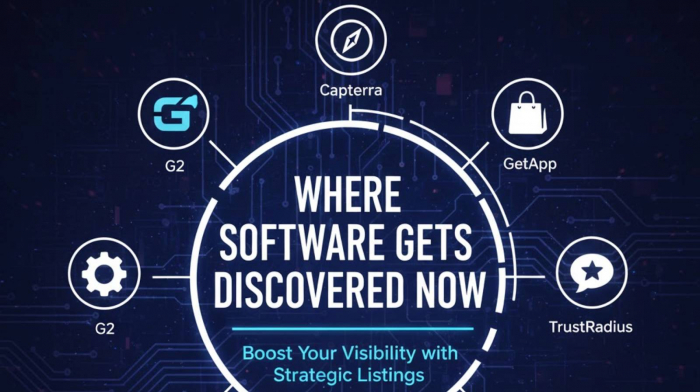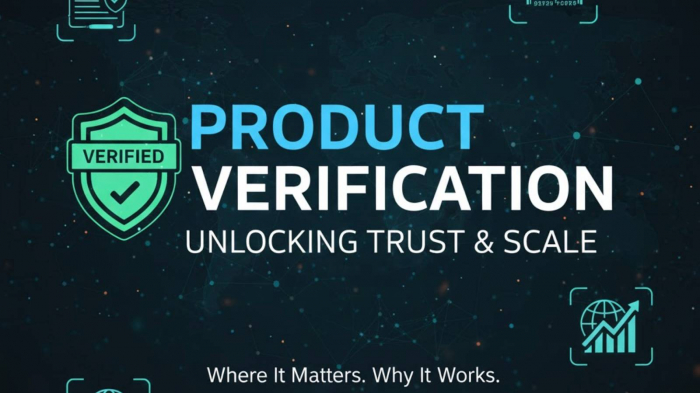Amazon didn’t just change retail. It changed expectations. From personalized product recommendations to one-click checkout, customers now expect speed, transparency, and control in almost every online experience—including insurance.
For agencies, that means the bar has moved. The comparison isn’t just against other brokers or carriers anymore—it’s against the ease of booking a hotel, ordering groceries, or renewing a subscription. So what can an insurance agency learn from Amazon's approach to user experience, and how can those lessons be adapted for a more seamless customer journey?
The Power of Personalization

When you log into Amazon, you're greeted with a homepage tailored to your preferences. Past purchases, browsing history, and saved items all influence what you see next. That kind of personalization builds trust and relevance—and keeps people engaged.
Insurance agencies can borrow this principle to create more personalized experiences for their clients. Rather than sending generic reminders or broad marketing emails, agencies can use data to tailor communications. For instance, reminding a client about upcoming policy renewals, offering coverage add-ons based on their life stage, or highlighting products relevant to their business type.
Even small touches, like pre-filling forms with known information or addressing clients by name, make a difference. These signals show clients that they’re not just another number.
Make Information Easy to Find (and Understand)
One reason people love shopping on Amazon is how easy it is to access everything they need. Product details, reviews, comparisons, shipping timelines—it’s all right there, clearly presented. There’s no guesswork, and that reduces decision fatigue.
Insurance agencies can take a cue from this by simplifying the way information is presented online. Policy options should be easy to compare. FAQs should be accessible. Jargon should be replaced with plain language.
If clients have to hunt through multiple pages, download forms, or call your office just to understand what’s covered, you’ve already introduced friction. Agencies that prioritize clarity and access win trust faster.
Speed and Simplicity Win Loyalty
Amazon has trained users to expect fast, effortless transactions. Clients don’t want to wait days for a quote or get caught in back-and-forth emails to finalize paperwork. They want fast answers, quick confirmations, and smooth digital interactions.
This is where technology comes in. Whether it’s online quote generation, digital signatures, or automated policy delivery, agencies need to remove unnecessary steps from the buying and servicing process.
This doesn't mean you need to be fully self-service. Many clients still value a human touch. But those human interactions should be reserved for questions and advice—not for chasing down documents or fixing errors that could have been avoided with a better workflow.
Use Data to Anticipate Needs
Amazon knows what you’ll probably want before you do—because it tracks behaviors, trends, and timing. Insurance agencies can use their data in much the same way.
If a client is approaching retirement age, perhaps it’s time to introduce long-term care options. If they just bought a new property, they may need updated coverage. If renewal rates dip at certain times of year, a targeted campaign might help improve retention.
Many insurance management systems now include built-in analytics tools that help track these trends. This lets agencies go from reactive to proactive—offering solutions before a problem arises.
Self-Service with Support
One of Amazon’s strengths is that it empowers users to do things on their own, but always makes support easily available. If a delivery is delayed or an item is damaged, there’s a clear path to resolution.
Insurance clients also want options. Some will want to talk to an agent directly. Others will want to self-serve through a portal or app. Offering both—and making transitions between them seamless—is key.
Agencies that provide digital access to policy documents, billing history, and coverage information give clients control. But backing that up with fast, friendly support channels ensures no one feels abandoned when they need help.
Trust Through Transparency
Amazon shows you when your item will arrive, how much it costs (with tax and shipping), and whether it’s returnable. That level of transparency is part of what builds loyalty.
Insurance, by nature, can be complex. But that’s even more reason to be upfront about pricing, exclusions, and coverage limits. Transparency isn’t about simplifying the product—it’s about simplifying the process of understanding it.
Providing easy-to-read coverage summaries, outlining how claims work, and setting clear service expectations are all ways to mirror this model of trust.
Final Thought
Amazon didn’t change what people buy—it changed how they expect to buy. Insurance may be a different product, but the customer mindset is the same: clear options, fast service, and convenience at every step.
Agencies that adopt these digital-first lessons—while maintaining the human guidance that builds long-term relationships—put themselves in a strong position to grow and retain their client base.
Post Comment
Be the first to post comment!





